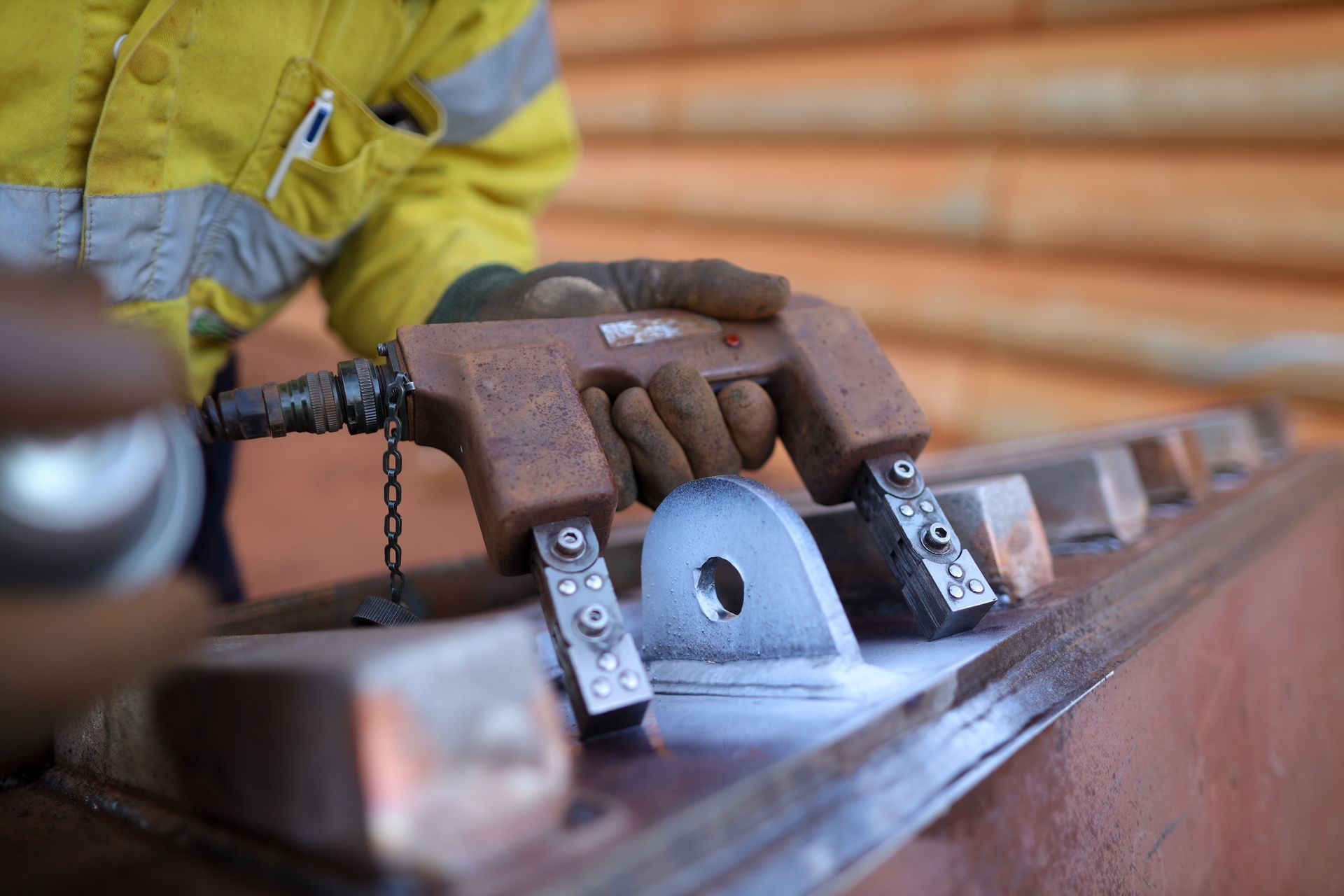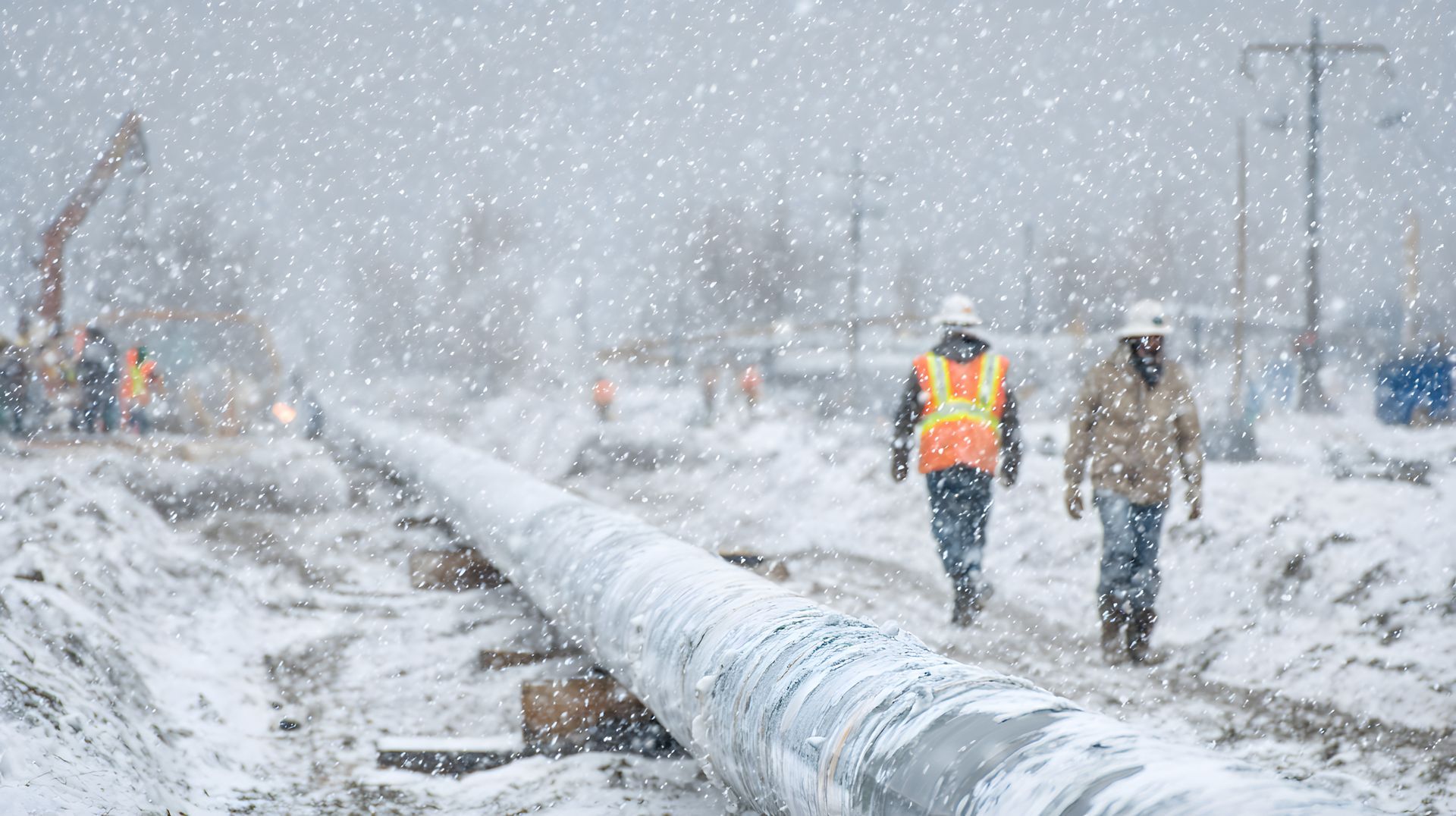6 Myths About Hydrostatic Testing
December 9, 2021
Hydrostatic testing is a very important way to ensure that pipelines and other system parts are safe before they are installed. However, there are a lot of myths about this type of testing, and those myths can cause structural problems and put people at risk. Here are six common myths about hydrostatic testing.
During hydrostatic testing, you don’t have to remove gas tubes
Gas tubes should always be removed when doing any kind of testing. Leaving them where they can become damaged is not a good idea. It costs money to fix them, and if they become damaged and that damage isn’t noticed, they can end up being a serious risk to life and limb when the pipes or system finally goes live. By taking the tubes out during hydrostatic testing, you protect the tubes and other components and parts and reduce the risk of future problems.
You can’t test the integrity of a pipeline without hydrostatic testing
There are a lot of different ways to test the integrity of a pipeline, so you don’t have to use hydrostatic testing. It’s one option, and it’s one of the best options, but it’s not an official requirement. Other choices can be considered if there’s a reason the person doing the test would prefer to use a different kind of testing method.
If it passes the hydrostatic test, a visual inspection isn’t necessary
A visual inspection is always necessary. Passing the hydrostatic testing is important, but there should be more than one test or inspection conducted to make sure the welds are right, the pipes are holding, and all the components of the system are in full working order. A visual inspection can uncover things that other inspections or tests may have missed.
You don’t need to test at more than the system’s design pressure
By testing at 1.5 times the pressure the system is designed to hold, any problems can be located more easily. If something is going to fail, you want it to fail during the test, not during use. Using a higher pressure during the test can help ensure that any failures happen before the components are put into actual use.
It isn’t necessary to have all vents open before a test
Opening all the vents removes all the air from the pipes. The air needs to be able to escape fully before the test, so don’t leave vents closed. All the air might get out, but you’ll put a strain on the system that isn’t necessary, and that can be avoided.
You can weld after the test is performed
Welding should be done before the test is carried out, as it may not be safe to weld afterward. Making sure all the welding and other hot work is performed first can provide hydrostatic testing that is much more accurate. Finish any and all welding on the pipe system, and then perform your hydrostatic testing.





